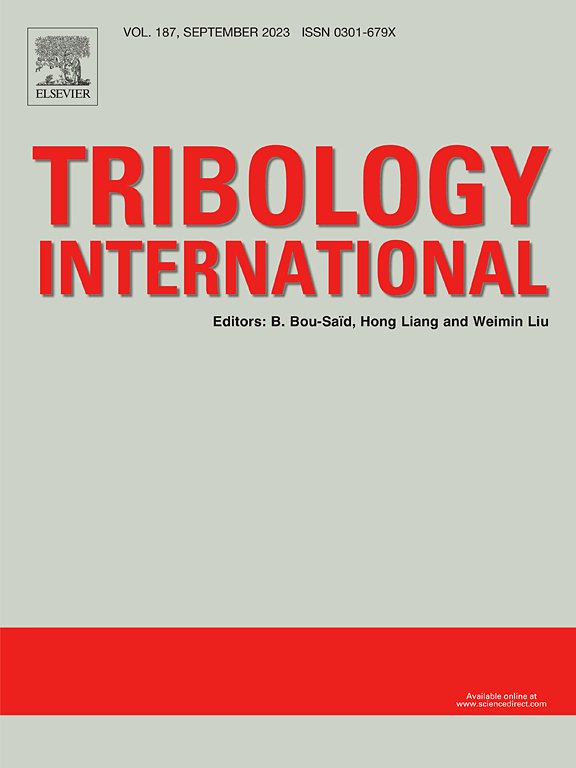Study on the material removal mechanism of cemented carbide magnetic materials in magnetic field-assisted mass polishing
IF 6.1
1区 工程技术
Q1 ENGINEERING, MECHANICAL
引用次数: 0
Abstract
Cemented carbides (WC-Co) are crucial in modern engineering due to their exceptional hardness, wear resistance, and toughness, making them ideal for various applications. Despite advancements in polishing techniques, the mechanisms for polishing WC-Co magnetic materials using magnetic field-assisted methods remain inadequately understood. This study addresses these gaps by investigating the material removal mechanism of WC-Co after electrical discharge machining (EDM) using the proposed magnetic field-assisted mass polishing (MAMP) method. A material removal distribution (MRD) model of different magnetic materials was developed to guide the experiments. Key findings include significant reductions in surface roughness, effective removal of oxide layers formed during EDM, and improved polishing uniformity and efficiency. The study also demonstrated the MAMP method’s ability to maintain the form integrity of structured surfaces. This research enhances the understanding of polishing mechanisms for magnetic materials and presents a viable method for improving the surface quality of WC-Co. This research provides valuable insights into the polishing mechanisms of magnetic materials using magnetic field-assisted polishing methods.
磁场辅助团块抛光中硬质合金磁性材料材料去除机理的研究
硬质合金(WC-Co)在现代工程中至关重要,因为它们具有特殊的硬度,耐磨性和韧性,使其成为各种应用的理想选择。尽管抛光技术取得了进步,但使用磁场辅助方法抛光WC-Co磁性材料的机理仍然不充分了解。本研究通过使用提出的磁场辅助质量抛光(MAMP)方法研究WC-Co在电火花加工(EDM)后的材料去除机制来解决这些空白。建立了不同磁性材料的材料去除分布(MRD)模型来指导实验。主要发现包括显著降低表面粗糙度,有效去除电火花加工过程中形成的氧化层,提高抛光均匀性和效率。该研究还证明了MAMP方法保持结构表面形状完整性的能力。本研究增强了对磁性材料抛光机理的认识,为提高WC-Co表面质量提供了可行的方法。本研究为磁场辅助抛光方法对磁性材料的抛光机理提供了有价值的见解。
本文章由计算机程序翻译,如有差异,请以英文原文为准。
求助全文
约1分钟内获得全文
求助全文
来源期刊

Tribology International
工程技术-工程:机械
CiteScore
10.10
自引率
16.10%
发文量
627
审稿时长
35 days
期刊介绍:
Tribology is the science of rubbing surfaces and contributes to every facet of our everyday life, from live cell friction to engine lubrication and seismology. As such tribology is truly multidisciplinary and this extraordinary breadth of scientific interest is reflected in the scope of Tribology International.
Tribology International seeks to publish original research papers of the highest scientific quality to provide an archival resource for scientists from all backgrounds. Written contributions are invited reporting experimental and modelling studies both in established areas of tribology and emerging fields. Scientific topics include the physics or chemistry of tribo-surfaces, bio-tribology, surface engineering and materials, contact mechanics, nano-tribology, lubricants and hydrodynamic lubrication.
 求助内容:
求助内容: 应助结果提醒方式:
应助结果提醒方式:


